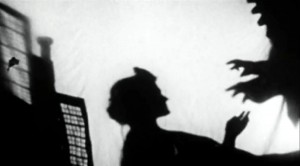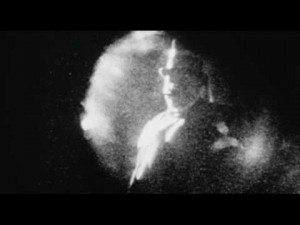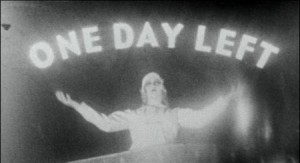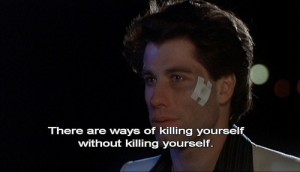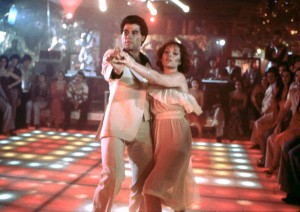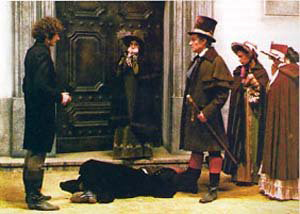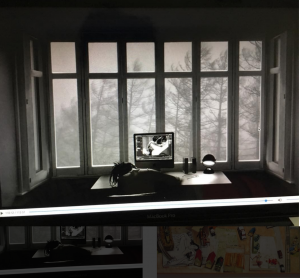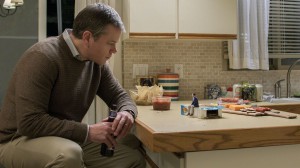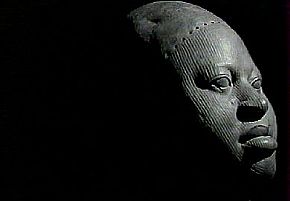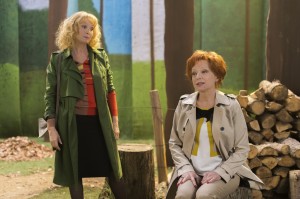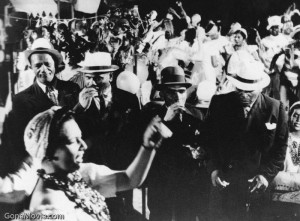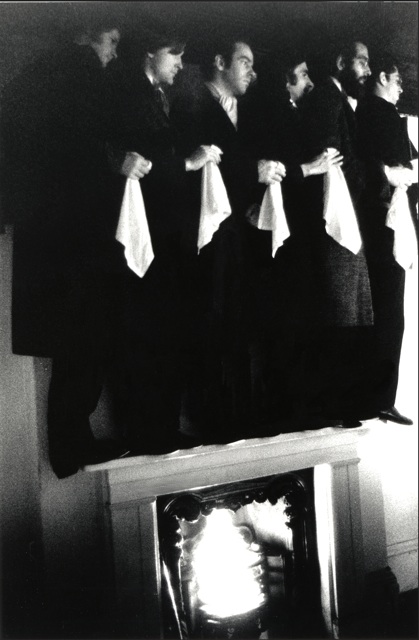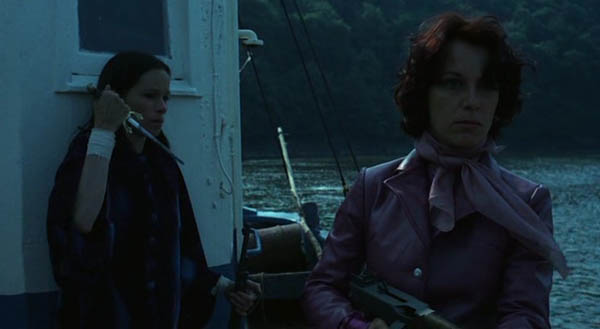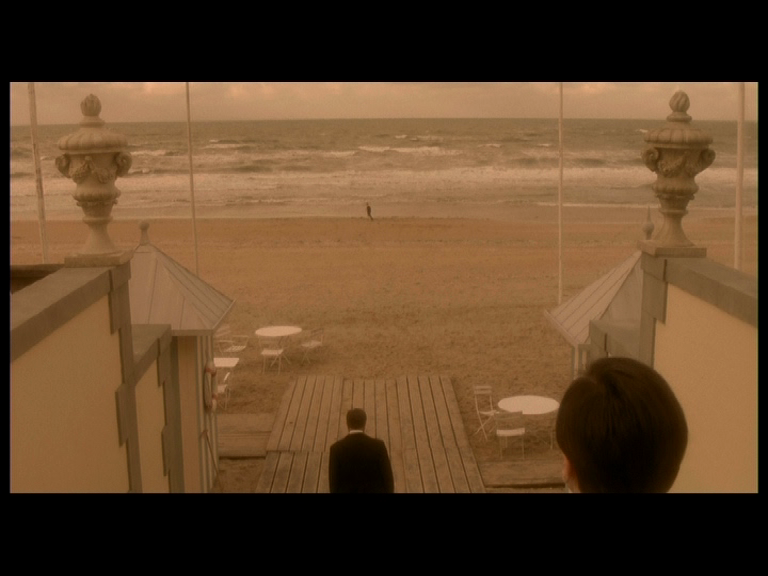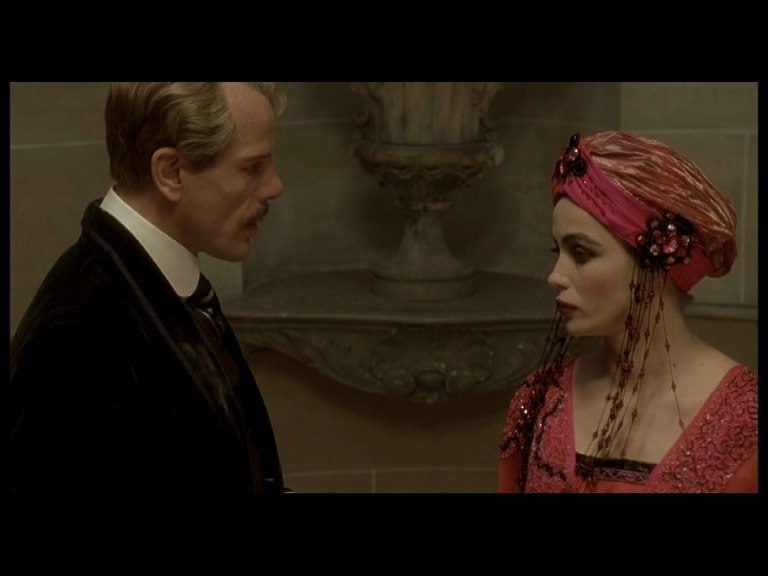The Heart of the World****
Directed and written by Guy Maddin
With Leslie Bais, Caelum Vatnsdal, Shaun Balbar, and Hryhory Yulyanovitch Klymkyiev.
It lasts only about seven minutes, making it roughly comparable in length to a Bugs Bunny cartoon, but Guy Maddin’s The Heart of the World — which opens this week at Landmark’s Century Centre with The Last Resort — conjures up a universe so vast and wacky that anyone can get lost in it. Like any film released in February, it has a very poor chance of getting an Oscar, because the Academy Awards nominators — who know better than anyone how such honors are designed to sell more than evaluate — don’t want to consider many candidates released before Thanksgiving. But for my money it’s better than any of the current best-feature nominees. It has more action and is quite a bit funnier. I’d even call it inexhaustible.
Maddin’s movie premiered last September at the Toronto film festival, which had commissioned it as one of several “preludes” by leading Canadian filmmakers to run unannounced before the features, a series designed to celebrate the festival’s 25th anniversary. It was commonly regarded as the best film shown at this gala event, though I’m not sure I’d go quite that far. Read more

